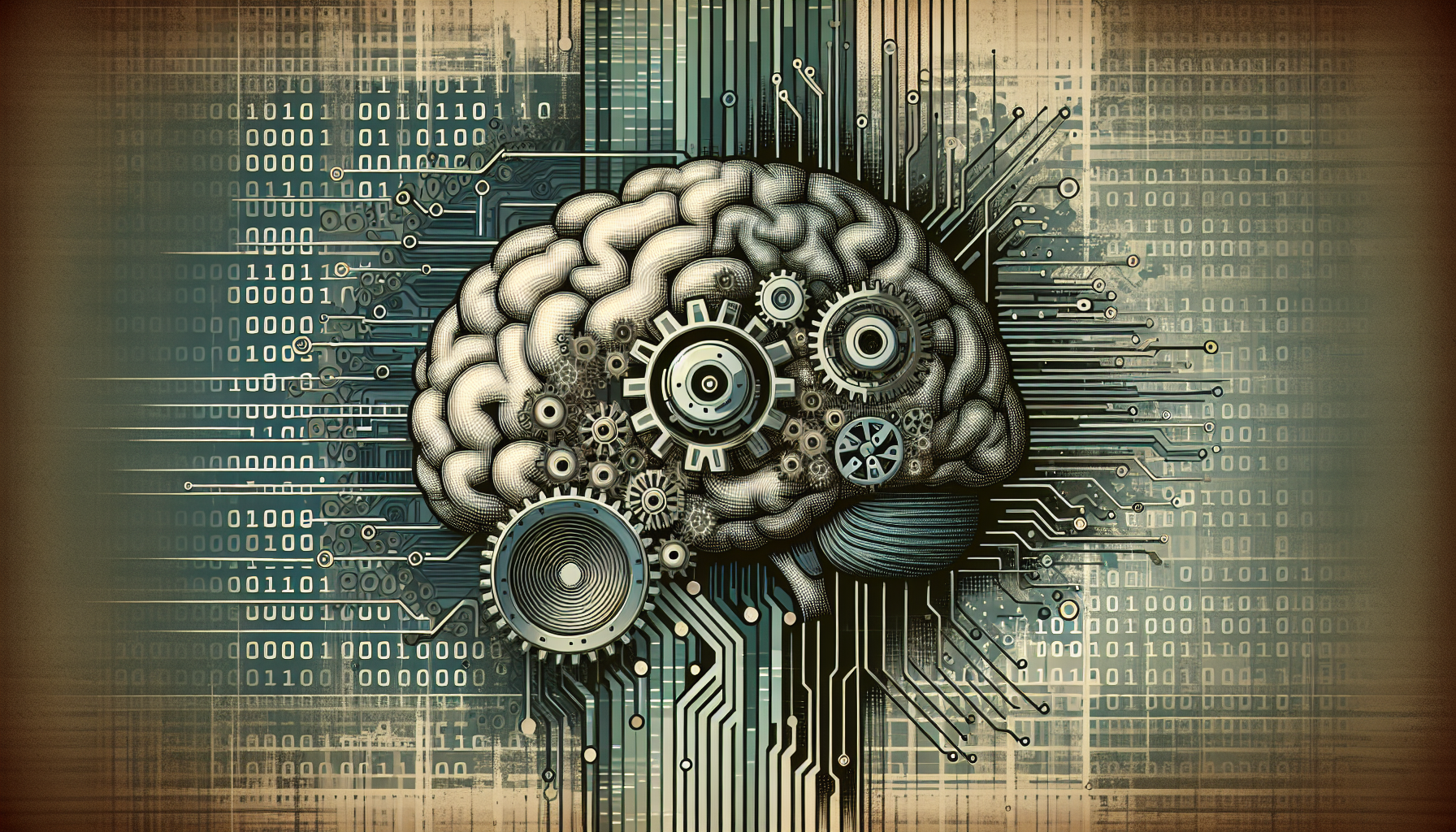What is ChatGPT?
ChatGPT, powered by OpenAI’s generative pre-trained transformer (GPT) models, is a state-of-the-art AI complete with natural language processing capabilities. Its design allows it to engage in human-like conversations, answer questions, generate text, and even assist in creative writing. As users flock to AI tools for various applications, ChatGPT stands out within the realm of conversational agents due to its versatility and depth of knowledge.
Key Features of ChatGPT
-
Natural Language Understanding:
ChatGPT’s underlying architecture enables it to engage in meaningful dialogues. It comprehends context, tone, and intention, allowing for nuanced exchanges that are critical in effective communication. -
Versatility:
Users leverage ChatGPT across diverse fields such as customer support, content creation, programming assistance, and education. Its ability to generate tailored responses based on specific requests is one of its primary attractions. -
Text Generation:
ChatGPT can create human-like text, producing everything from informative articles to poetic verses. The advanced generation capabilities make it an essential tool for writers and marketers seeking creative solutions. -
Interactive Learning:
ChatGPT serves as an educational tool, allowing users to pose questions and receive real-time responses. Its vast knowledge base encompasses science, history, technology, and more, making it an invaluable resource for learners of all ages.
Performance Metrics
Analyzing ChatGPT’s performance involves considering various metrics, such as accuracy, relevance, coherence, and user satisfaction. Benchmarks indicate that ChatGPT achieves high scores in these areas due to its extensive training on diverse datasets. Continuous updates to its algorithms ensure that performance improves over time, aligning with user needs and expectations.
Comparison with Other AI Models
When comparing ChatGPT with other AI models, several distinctions arise:
-
Versus BERT (Bidirectional Encoder Representations from Transformers): BERT is primarily designed for understanding tasks (such as sentiment analysis), while ChatGPT excels in generative tasks. This makes ChatGPT more suitable for dialogue generation and creative tasks.
-
Versus Google’s LaMDA: LaMDA is tailored for dialogue applications like ChatGPT but often emphasizes safety and ethical considerations in dialogue generation. ChatGPT, however, focuses on versatility and practicality across various domains.
-
Versus Microsoft’s Turing-NLG: Turing-NLG boasts larger model parameters but may not match ChatGPT in conversational depth. While both excel in text generation, ChatGPT’s interactive capabilities are a notable advantage.
Use Cases
-
Customer Support:
Companies integrate ChatGPT into customer service platforms to streamline inquiry handling. By addressing FAQs and providing instant responses, it enhances customer experience. -
Content Creation:
Writers employ ChatGPT for brainstorming ideas, drafting articles, or optimizing content for SEO. Its ability to generate unique material saves time and fosters creativity. -
Programming Help:
Programmers utilize ChatGPT to troubleshoot code, learn new programming languages, or find best practices. This interaction can accelerate the learning process and enhance productivity. -
Language Translation:
While not specifically designed for translation, ChatGPT can offer contextual translations and explanations, making it a handy tool for language learners.
Accessibility and Integration
ChatGPT is accessible via API, allowing developers to integrate its capabilities within applications and platforms seamlessly. OpenAI also provides a user-friendly interface for direct interaction, inviting users from different backgrounds to experiment and engage with AI in various contexts.
Limitations
Despite its many advantages, ChatGPT is not without limitations. It can sometimes generate incorrect or nonsensical answers, particularly in complex scenarios. Furthermore, it relies heavily on prior training data, which means its responses can reflect biases present in that data. Continuous efforts to improve its accuracy and reduce biases are ongoing challenges for developers.
Ethical Considerations
OpenAI has initiated discussions around responsible AI use, emphasizing transparency and ethical concerns. Measures are being implemented to ensure that users understand how data is collected and used while also establishing guidelines for ethical AI deployment, especially in sensitive domains such as healthcare and legal fields.
Future of ChatGPT
The future of ChatGPT appears promising as advancements in AI continue. Upcoming iterations are expected to address current limitations, enhance contextual understanding, and improve conversational fluency. The potential for expanded training datasets hints at a more robust performance across different languages and dialects.
User Experience and Feedback
User feedback plays a crucial role in the evolution of ChatGPT. OpenAI actively solicits input from users, which informs future updates and feature enhancements. This commitment to user experience reflects a wider trend among AI developers towards user-centered design.
Conclusion: A Tool for the Modern Era
ChatGPT embodies a significant milestone in artificial intelligence, serving as a multifunctional tool for various applications. Its blend of natural language understanding, text generation, and real-time learning makes it an invaluable resource in today’s tech-driven landscape. As technology progresses, the impact of ChatGPT on communication, education, and creative processes will continue to evolve, shaping the future of human-AI interaction.


